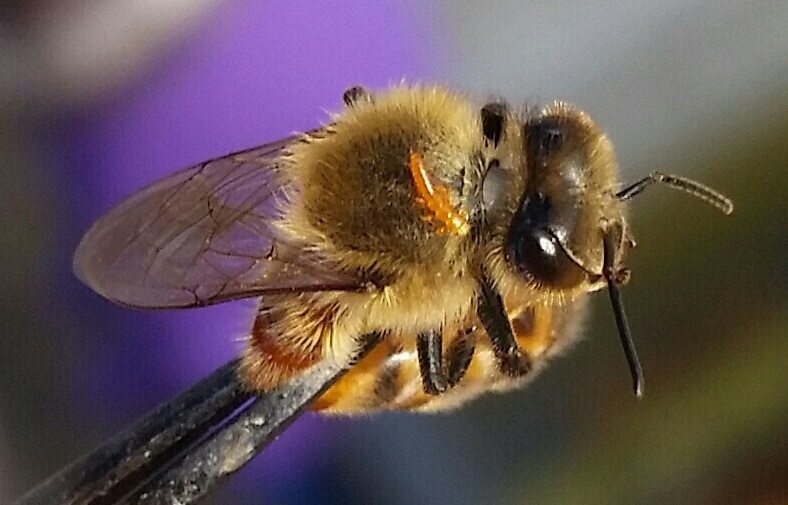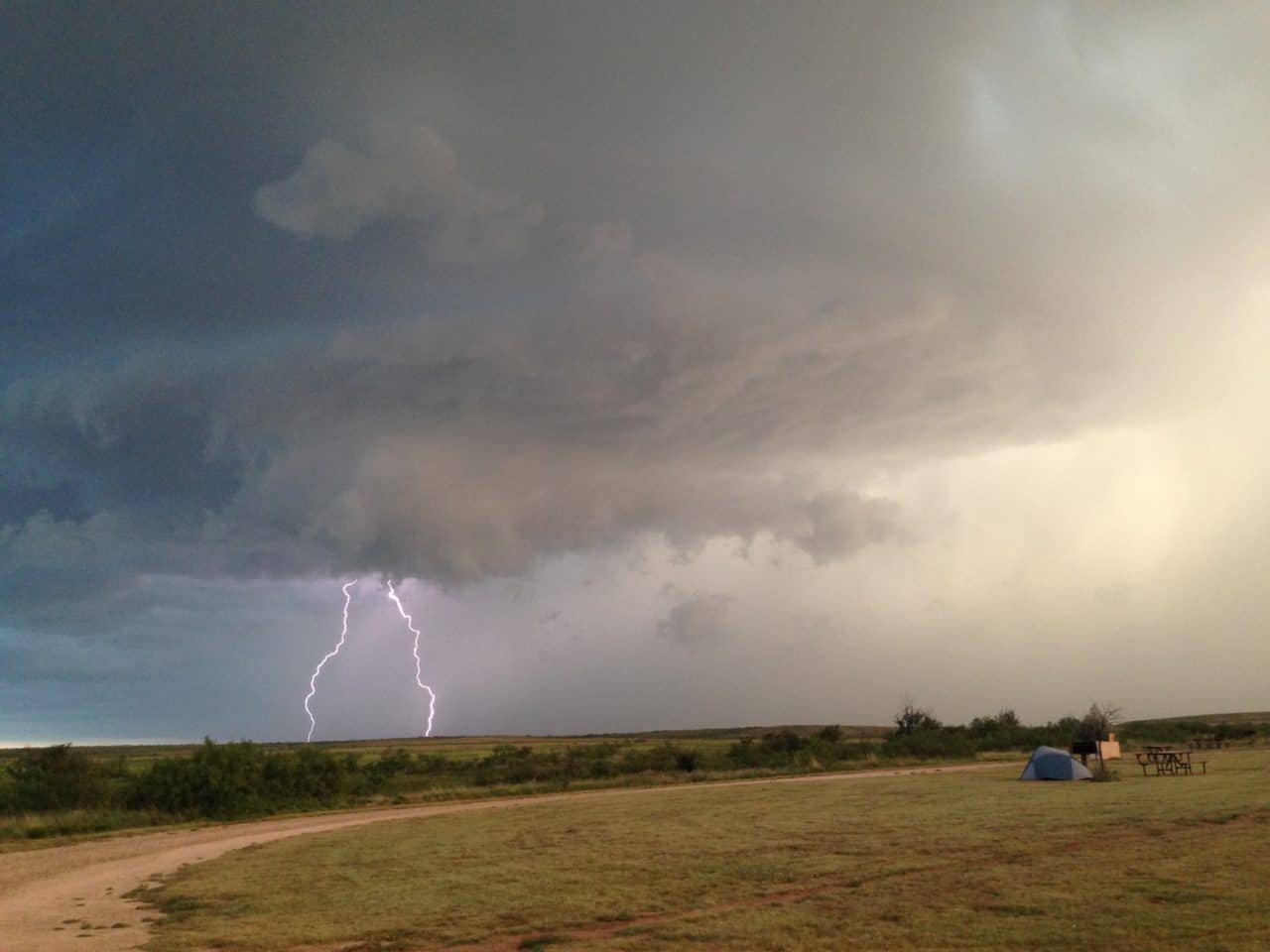Honey bee viruses have been widely surveyed and sampled for through the USDA APHIS Honey Bee Survey, BIP Tech Team samples, Emergency Response Kits, and other samples processed through joint co-operations through the University of Maryland bee lab. To share the results of these surveys through an openly accessible visualization, we have released a dynamically explorable map of viral results in the Bee Informed Database. This map will continually be updated as new and old data is uploaded to the database. Viruses are clearly implicated as a major driver of colony losses and economic impacts. A number of viruses are spread by varroa mites. Direct treatments…
Blog
SolutionBee delivers new NFC-enabled hive monitoring product
SolutionBee, widely known within the beekeeping community for its HM-20 Hive Monitor introduced several years ago, has now made its next generation Hive Monitor product, the HM-5 available. The form factor and functionality of the new HM-5 is very similar to the earlier HM-20. It collects both the weight, external temperature and humidity every 15 minutes. The beekeeper uses a mobile phone or tablet to collect the data periodically to transmit to the SolutionBee cloud portal, and optionally on to the Bee Informed Partnership. The unit uses four load cells and consists of a robustly manufactured scale platform with a weather proof enclosure for the…
Wintering Sheds: Why are more North American beekeepers overwintering their bees in cold storage?
More and more US beekeepers are starting to place their bees in sheds for the fall, for indoor wintering. While beekeepers in Canada have done this for decades, the popularity of the practice in the US is more recent. Beekeepers began by using structures already built for onion and potato storage in Idaho to house their bees in the fall. One Stop Self Storage was built with an intent to help beekeepers and to create good environment for bees .These beekeepers then remove the bees in January, and bring them to California for almond tree pollination. Many beekeepers are still using old potato and onion…
What’s in a name?
Naming yards isn’t complicated but it’s an important aspect of managing a large commercial operation in order to facilitate communication between staff. Many states require apiary sites to be registered which requires filing paperwork that names the yard in addition to providing some basic information about location (latitude, longitude or nearest intersection), property ownership, and contact details. More importantly having yard names that are known to all of the staff in an operation allows management schedules and work plans to be made so crews can accomplish assigned tasks in appropriate places. Selecting names is seemingly simple, the most common method is naming yards based on…
A time of Thanks and Giving – 2017
IT IS GIVING TUESDAY! The Bee Informed Partnership’s – our friends call us BIP – mission is to help beekeepers keep colonies alive using real world data. We have come a long way in the last 5 years, and we couldn’t have done it without beekeeper participation. But running BIP costs money, and while we have been successful in grants and beekeeping pay for services – we also rely on beekeepers not only to supply data – but also to help keep us funded through donations. For those of you who have supported us in the past – either by supplying data or financially -…
Blister Beetle on Honey Bees
As a Technical Transfer Team member, I have a unique perspective of beekeeping. We get to see operations of all different sizes and styles, and we see bees of varying degrees of health, strength, and occasionally odd situations. One day this fall, we noticed a particularly odd occurrence: strange orange larvae on the thorax of some bees. We took samples back to the lab and carefully inspected the larvae under a microscope. Using a dichotomous key, I was able to name the organisms down to genus. They were first instar larvae of the blister beetle (Meloe sp.). Now what on earth is a blister…
Comb Management Part 2: Comb size
Artificial foundation was developed shortly after the invention of the removable frames. The first foundation frame was invented by Johannes Mehring in Germany (Graham, 1992). But as more people began producing artificial foundation for Langstroth hives, beekeepers began experimenting with different sized cells. Fast forward to today; we see both small cell and standard comb, but why is that? Well, that is the topic of part 2 of this 4-part blog series. History of comb management- https://beeinformed.org/2017/09/14/comb-management-part-1/ Cell size: why so much variation between producers? Management strategies of foundation Benefits of replacing old comb In part 1, I wrote about the history of comb…
Please help Puerto Rico’s honey bees
We are pleased to have Val Dolcini, the President and CEO of Pollinator Partnership as our guest blogger. Help Contribute to the beekeepers and honey bees in Puerto Rico As the US moves into winter with some beekeepers feeding heavily to make sure their bees have enough stores until spring, imagine trying to maintain active colonies with no forage – no nectar and no pollen in sight for months with no resources to bring in supplementary food for their colonies. Imagine viewing your apiary with boxes torn apart and bees swarming in open homes. This is what is happening to the beekeepers and honey bee colonies…
Everything is Bigger in Texas
I have been working in Texas for the Bee Informed Partnership since May, 2017. Many US commercial honey bee colonies are part of migratory beekeeping operations, so I have been on the road a great deal of the last 5 months helping beekeepers monitor the health of their colonies. I have been in a lot of bee yards in the Dakotas this past summer, and I’ll be going to California when the hives are trucked there to pollinate the almond orchards in the spring. Some of the beekeepers I work with keep their bees in Texas all…
Varroa Destructor Virus-1: It’s here…
This blog has been updated from the original blog posted on October 10, 2017. As of this date, December 12, 2017, the final paper describing the work below has been published and can by found in it's entirety at this link at Nature.com **************************** One of the best things about working in research is that it never fails to surprise – for good or for bad. And occasionally, it is not until much later that the surprise comes. In this case, the “surprise” arrived in the form of another Varroa-vectored, RNA virus, Varroa Destructor Virus-1, or VDV1. Our University of Maryland lab has been leading…

